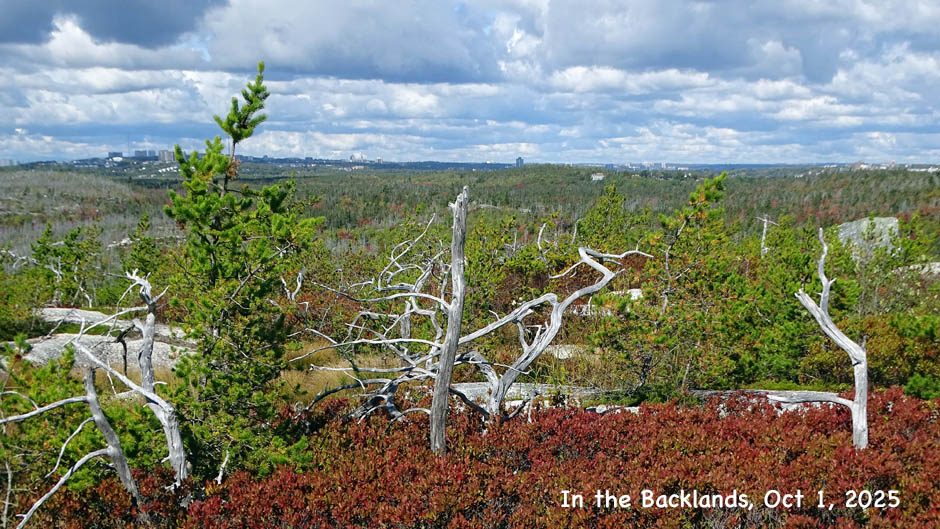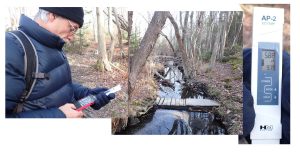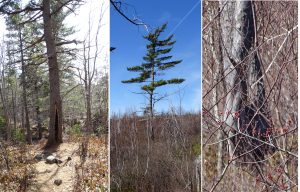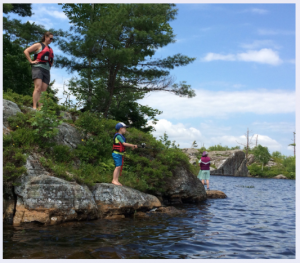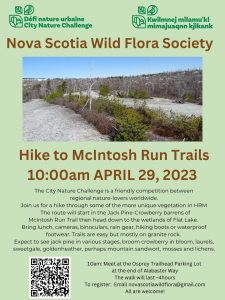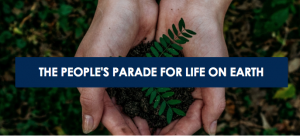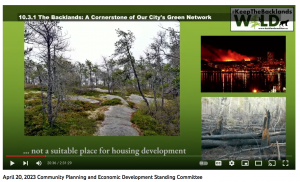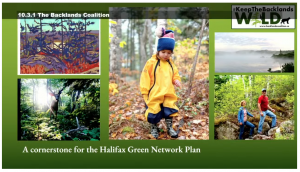
JackPine. male at right is about 10X lager relative to the female, left (the female above was 6 mm in height, the male 6 cm). Tap the males when they look like that above and they will release a cloud of pollen.
We generally don’t think of conifers or Gymnosperms as flowering and if you follow the strict definition of flowers as ‘the reproductive structures of Angiosperms – the flowering plants’, they do not.
However conifers do produce the reproductive structures equivalent to those in wind-pollinated Angiosperms. The formal name for conifer flowers are “strobili”. They can be fun to recognize and sometimes suffer from (pine pollen!).
The bright red female strobili (later to become cones) of many conifers are especially attractive. Those of Jack Pine are miniscule and you may have to look for them amongst the much more obvious male structures. Continue reading
